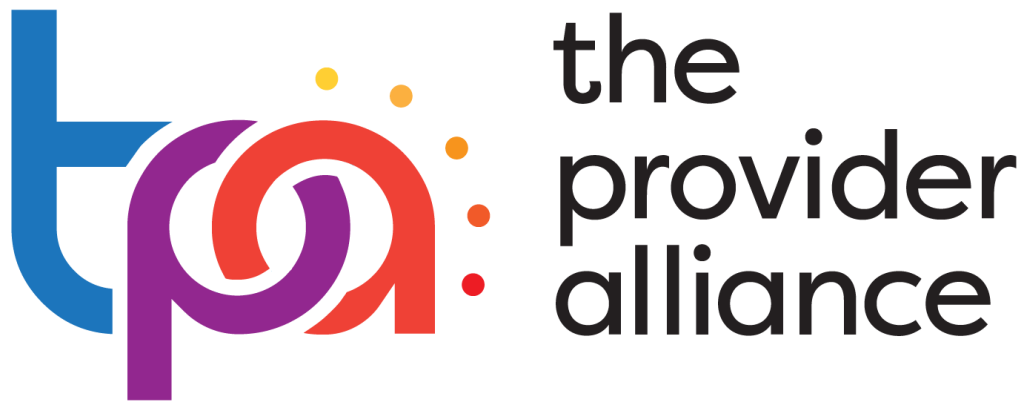The most important responsibility that any board member of a nonprofit organization is likely to assume will be to hire their chief executive officer. Recent studies have estimated that more than 50% of current nonprofit executives are planning to retire in the next five years.
A major factor driving the increased need for succession planning is the expected retirement of the baby boomer generation that chose careers in the nonprofit sector due to the social changes of the 1960s and 1970s. Another important reason is that nonprofit boards are now seeking executive leaders who possess new leadership competencies that will enable them to successfully lead their organization into the future.
These executive leadership competencies are:
- Visionary thinker
- Relationship builder
- Emotional intelligence
- Collaborator
- Brand builder
- Entrepreneurial spirit
An understanding of how to conduct a competitive nonprofit executive leadership search has never been more important. The days of posting a job in the local newspaper or even on a job board, using an outdated CEO job description and hoping that a great leader will come running are long over. Even though your outgoing CEO might have been a terrific leader, the environment in which nonprofits operate has changed dramatically in recent years, and even greater changes are on the horizon. Top candidates with the competencies to navigate these waters are in high demand.
Here’s a five-stage process to successfully recruit your new executive leader:
- Analyze the strategic challenges your organization is facing, and the role that the new executive will need to play in addressing them. Make sure your board members and executive leadership team are invited to participate in this process. Work together very closely to discern the skills and experience best suited to the role. Use this information to develop a comprehensive, customized ideal candidate profile that highlights your organization’s strengths as well as the role and responsibilities of the new executive.
- Conduct a targeted search into organizations and sectors to identify potential candidates with the relevant skill sets and qualifications that you identified in step one. For example, if you are seeking a new CEO for an organization providing services to individuals and their families coping with intellectual and developmental disabilities, ask colleagues in similar organizations or trade associations if they can recommend a qualified candidate. Your goal is not to gather names of individuals who might be interested in the position or who are actively job hunting. Rather, you are trying to connect with successful professionals who have the capacity to do the job well. Develop a list of qualified prospects for consideration.
- Approach potential candidates to test their interest in the new position and prepare to use your powers of persuasion. Communicate to them the strengths of your organization and invite them to share the excitement of your vision of a better future. Between 80% and 90% of the candidates we refer to a client are not actively seeking a new employer.
- Present the most qualified candidates to the search committee and board members for approval after conducting in-depth interviews and reference checks, focusing on those whose competencies and track records best match the ideal candidate profile you developed at the start of your search.
- Complete the hiring process and provide onboarding support during the initial phase of the candidate’s tenure. Onboarding refers to helping the new executive adjust to the social, cultural and professional components of their new job while also stepping quickly into the strategic priorities you identified in the early stages of your search. It is a crucial step that more than half of newly hired nonprofit executives never receive.
Your investment in bringing the right executive leader into your organization and in setting them on a strong course to succeed will result in positive community impact for many years to come.
Dennis C. Miller is the founder & chairman of DCM Associates, a national search firm, and major strategic partner with ANCOR. Dennis can be contacted at [email protected] He is also the author of A Guide to Recruiting Your Next CEO: The Executive Search Handbook for Nonprofit Boards.

